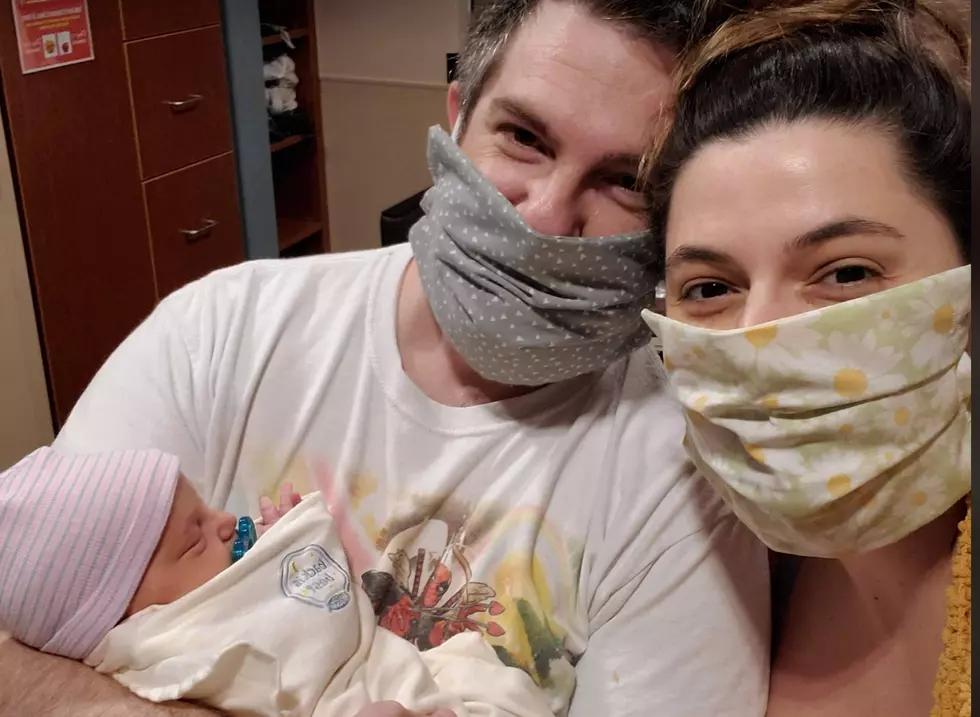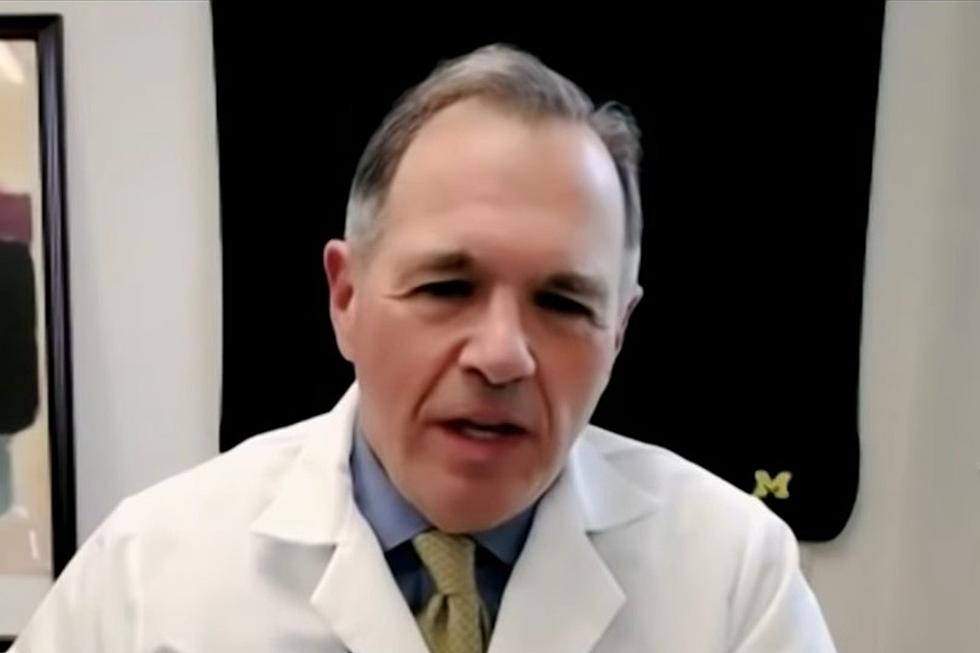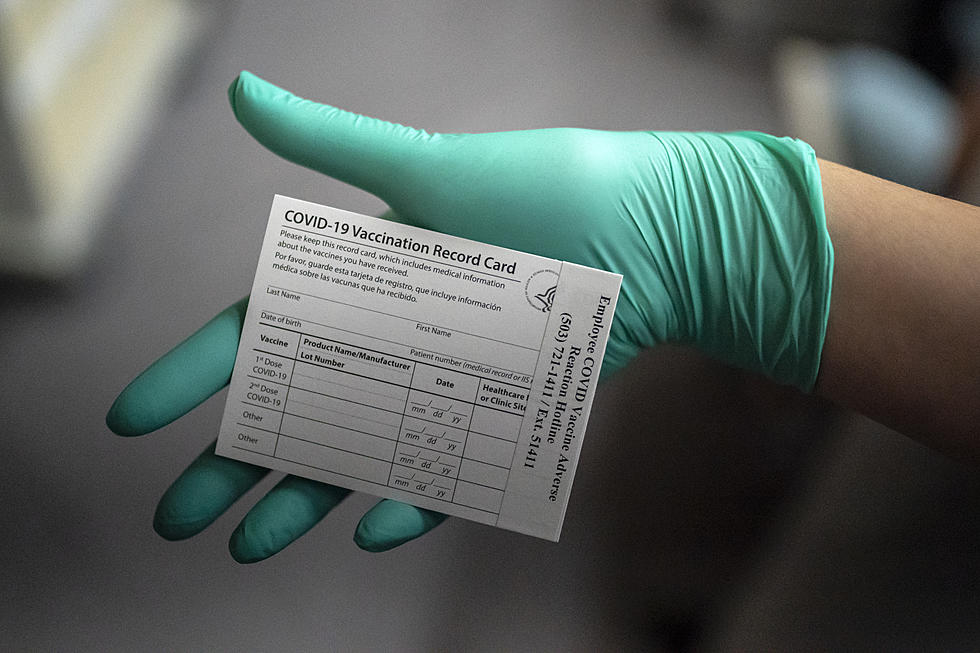
What It’s Like to Have a Baby During a Global Pandemic
“We can let you guys see her for a few minutes right now, but after this, you’re going to have to take turns in the NICU because of COVID.”
This is the story of my friend Lauren Kasper, in her own words. She lives in Texas and gave birth to her daughter Daisy during the pandemic.
I hear the nurse rattling off instructions about proper handwashing expectations, and visiting hours, but I am not processing any of it. Just a few hours earlier, this baby, Daisy, was inside my body. It seems impossible that she depends on these tubes and wires now, when, moments ago, she was safe inside me. From what I can piece together, however, she suffered from some type of respiratory distress immediately following her birth. They swept her away so quickly that I still don’t fully understand what happened. I try to search her face, to confirm in some way that she is going to be okay, but I cannot see it. She is barely visible beneath the CPAP machine that is keeping her alive.
“So,” asks a nurse, “Who’s going to stay, and who’s going to go?”
I blink and shake my head. My handmade cloth mask is suddenly itchy on my face. The fabric is black, with little white daisies all over it. I look to my husband, and we hold each other’s gaze for a moment. This is impossible, I think. He nods because he knows. “I’ll go,” he says, as he lets go of Daisy’s hand. He leans in towards her tiny ear, and whispers, “I love you so much, sweetie. I’ll be back soon.”
Not realizing I’ve been holding my breath for some time, I finally exhale. The tears pour from my eyes, but my mask absorbs them before they reach for my chin. This cannot be happening. But, of course, it is happening. Because we are living through a global pandemic, and this is just one more in a series of completely unexpected decisions we have faced because of COVID-19.
Daisy Lucille Irene is our sixth child, the last of our blended family. A “rainbow baby,” she was conceived eight months after a devastating early miscarriage in February of 2019. We spent most of last year in alternating between states of grief and whole-hearted hope that we could conceive again. Thankfully, I found out I was pregnant in late October 2019, and the first trimester passed smoothly. I was 37 at the time, so it was technically considered a geriatric pregnancy.
Although we were a little worried about the risks, my “advanced maternal age” necessitated plenty of bloodwork and ultrasounds, to keep tabs on the baby. So, as test after test returned with perfectly normal results, we gradually began to relax, and I was able to enjoy what I knew would be my last pregnancy. Once we knew that the baby was developing normally, my biggest concern was that my due date, July 3rd, would be during the hottest part of the Texas summer. On Christmas Eve, we announced our news to our kids, who were (mostly) thrilled. We were excited to spend the next six months planning for her arrival, and we felt optimistic that this might just be a pleasantly uneventful pregnancy.
To be honest, in some ways it really was an uneventful pregnancy. Despite the constant reminders that I was a REALLY OLD pregnant lady and the assertions that we “can’t be too careful with a mother your age,” this was the easiest pregnancy I had experienced thus far. It was my first time being pregnant as a stay-at-home mother, so I was able to enjoy a lot of things I never had before. I could take naps (mostly) when I needed to. I didn’t have to hide my morning sickness from nosy coworkers. I could wear sweatpants every single day if I felt like it, and nobody cared. For these reasons, much of the pregnancy felt more manageable than any of the others had.
But, as we found out about halfway through the pregnancy, things grew complicated very quickly when it became clear the coronavirus had reached Texas. One evening in March, CNN informed us that everything would be different, now, and we realized that this was happening whether we wanted it or not. We would be having our baby during an unprecedented global pandemic.
The first thing that changed, for me, was that my husband was no longer permitted to attend any of my OBGYN appointments. Nor was my toddler, who was my constant sidekick up until that point. I was relieved that the OBGYN office was taking a more assertive approach to masks because in the beginning of the pandemic, many places were not. Still, it was sad every time I attended an appointment because I knew how badly my husband wanted to be there. He should have been able to see the ultrasounds, by my side, as he had done with our previous children. Office policy prohibited the use of live video, too, so FaceTime was not an option, either.
It was during these appointments, while I sat on the exam table and waited for my doctor, that the weight of this disease always got just a little bit heavier, for me. I would stare at the pictures on the walls, of babies my doctor had delivered through the years: birth announcements, Christmas cards, graduation photos. I would think about the fact that there were people down the road, in the hospital, likely being treated in the ICU for this virus that we didn’t really understand. While I waited for the doctor to enter the room, I was always aware that the entire office felt hushed and tense. The normally jovial staff seemed a little more reserved, these days, and it was obvious that things were just…off.
The biggest change was the sudden total isolation from the outside world. At the time the virus first entered the U.S., the media speculated that the effects on pregnant women and fetuses might be more severe, so we didn’t want to take any chances. No more quick runs to Target, no more waiting in line at the pharmacy, no more ritual date night every third Saturday. Effective Spring Break 2020, I was on an abundantly cautious lockdown.
Given that I am usually a total homebody, and an introvert to boot, it was not necessarily a negative situation for me to spend this much time inside the bubble of my family. And yet, with no one and nowhere “else” available, every day felt like it was both too much and not enough. I began to ache for a day out of the house, by myself. But I also yearned for a good heart-to-heart with a friend over chips and salsa at a Mexican restaurant. I wanted to hide in my closet and write, but I also wanted to invite my in-laws to come over for a few rounds of Yahtzee. I wanted some personal space, but I also really wanted to go get a massage.
The second half of my pregnancy was both claustrophobic and, well… lonely.
Because we already had five other children, my husband I had spent most of this pregnancy reminding ourselves that even in non-pandemic times, having a baby is an exercise in unpredictability. So, our large family had (somewhat) prepared us to maintain the mindset that our best bet was to have very few expectations. We intended to let the professionals guide us, and just take everything one moment at a time.
But all of that completely dissolved, for me, at my 37-week OBGYN appointment. We were getting down to the last few weeks before my scheduled c-section, and I was surprised that my doctor had not mentioned anything about the hospital’s COVID-related policy changes. So, I asked him what we should anticipate being different about this time. He mentioned that we (obviously) would not be allowed to have any visitors. Everyone would need to be masked at all times. The nurses would take my husband’s temperature every day, just to make sure he wasn’t showing any symptoms of COVID. Okay, fine, I thought. Nothing surprising, really.
“Oh, and one more thing,” he said, smiling. “You’ll need to get a COVID test before your c-section. If it’s positive, they’ll keep the baby in the NICU for the first two weeks while you isolate.”
I froze.
My throat felt like it was swelling, my vision blurred. My heart tumbled frantically, rolling up and down from my chest to my toes, and back again.
“You mean… If I have COVID, they’re going to take her away?”
He nodded and mentioned something about doing what’s best for the baby.
All I could see, in my mind, was my baby being swept away.
This was the moment that had been getting me through all of this, up until now. The moment I knew was going to happen, when it was all said and done, that would grant me some peace. That beautifully quiet, sacred feeling, right after they’re born, when you feel your warm, delicate child on your skin for the first time. The way they are somehow closer to you than ever, even though they were inside your body only seconds before. This was the thing I was thinking about as all the sacrifices were made, all the little disappointments were tied up with a bow as “lessons learned” and “stories for our grandkids.”
With the swab of a Q-tip, that moment could be gone.
The next few weeks, leading up to my pre-surgical COVID test, were complete agony. Time seemed slower when it was soaked with the fear of COVID.
What if the baby gets sick?
What if I get sick?
What if my husband gets sick, and can’t be there?
The unknown was suddenly stacked all around me, and there was nothing left to do but wait.
The day of the test finally arrived, 48 hours before my scheduled c-section. The swab wasn’t nearly as difficult as I had heard, and all things considered, it was actually a bit anti-climactic. A quick tickle in the back of the nose, and it was over. The hard part was leaving the testing appointment, knowing that if my phone rang from this point on, it was not going to be good news. The nurse had informed me that they would only call us if my test was positive, so for the next two days, my phone stayed glued to my hand.
Please do not ring, I prayed. Over and over.
Please do not ring. Please do not ring. Please do not ring.
It did not ring.
Mercifully, the day of Daisy’s birth arrived, and we confirmed when we checked in that morning: my test had been negative. She wouldn’t be taken from us, she wasn’t going to have COVID, there was nothing to worry about now. Everything was going to be okay.
It was only a few minutes after she was born, as I lay on the surgical table, that I realized we were in trouble.
I couldn’t see anything. I was numb from the waist down, and a blue drape had been hung right in front of my face. My husband had already walked over to a different part of the room, to take pictures of the baby, and it sounded at first like the usual chipper, new-baby small talk that always happens between nurses and birth partners. Is this your first baby? Have you got a name picked out? Oh, how pretty!
Then, everything got quiet for a few seconds.
“You see that, Dad? See how she’s only breathing when I rub her back?” The nurse coaxed Daisy to breathe, rubbing her back and urging, “Come on, little one.” I could hear, in her voice, that something wasn’t right.
Apparently (or reasons we still don’t fully understand) Daisy had been born in respiratory distress. It seemed like everything that had previously been moving so slowly was suddenly happening too fast. My OBGYN, still stitching me back together, complimented my uterus, for some reason I can’t remember now. I heard a nurse tell my husband, “We’re going to take her to the NICU now because she needs some help to keep breathing on her own.”
My husband, thankfully, asked the nurses to at least let me see the baby before they wheeled her away. They obliged, but I only caught a brief glimpse of her in the incubator while a neonatologist explained that my husband could follow her to the NICU, but they needed to take my baby now. We could take turns visiting her when I was up and about, she informed us, but because of COVID, they would only permit one parent at a time.
I blinked, and they were gone.
A few hours later, having cried more tears than I knew I could produce, I was finally granted permission to go to the NICU to visit our baby girl. My husband pushed my wheelchair, through deafeningly silent hospital hallways, because my lower half was still too wobbly from the anesthesia for me to walk. Somehow, I felt nothing, but everything still hurt.
I don’t remember my first thoughts, upon seeing our baby girl. I remember feeling very aware that my husband and I were not supposed to be in the NICU, together, and the nurses were breaking the rules for us. In one of the videos my husband took, of these first few moments, a nurse’s voice reminds us, yet again, that because of COVID, only one of us can remain here with the baby at any given time. One of us has to go.
I am one of the lucky ones, in life. My husband is my best friend, and our relationship is rare. When I break, he holds the pieces in place until I can put them back together again. In the NICU that day, though, COVID forced us to do this without each other. Our first hours and days with Daisy were spent apart. We experienced the joys of her victories vicariously through each other, and drowned in the sorrow of our fears alone. Each time I cried, feeling like my body had been assaulted by the physical injuries of birth, it was without the comfort of my husband’s embrace.
After five days, Daisy was finally released from the NICU, with a clean bill of health. And, despite living in an ongoing state of quarantine, she is now a happy, perfect five-month-old. We count our blessings knowing that she is safe, in our arms. Social distancing has given us the time to truly enjoy the little moments with her, and for that, I feel grateful every single day.
But we will never get those days back, where our worst fears were realized, and we could not go through it together. We will never be able to remember her birth as people who were in the room together because from the moment she was born, we were pulled apart from each other.
Maybe, for some people, that doesn’t seem like a very big deal. But when you feel like your body has been ripped in half, you search for the face of someone who will remind you how strong you are. When you’re terrified that you might lose your baby, you want someone there with you to tell you it’s going to be okay. You shouldn’t have to go through the most uncertain times of your life alone. And that’s what really hurts when people say that not wearing a mask is a personal choice.
I think about the ones who are finding out they have cancer, alone. The people who didn’t have a happy ending, who went through it without the people they love nearby. The ones being rushed to the ICU, afraid they will never see their loved ones again, as their spouses, their siblings, their children are told to go home. Those are the people I think about, still, when I look at our beautiful baby girl.
Because maybe we’ve been lucky, that these were our biggest problems, as parents having a baby during COVID-19. Everything turned out okay for us, so far. But for so, so many other people, it is so much worse. And I wouldn’t wish the pain of solitude on anyone.
So, please, even if you don’t believe this virus is real, or you’re willing to accept the risks of getting infected, think about the people you love most, and wear a mask. Get tested if you’re even a little bit concerned. Stay home this Thanksgiving. Even if you don’t think COVID-19 is that big of a deal, there are millions of people who will have to go through difficult medical situations that have nothing to do with this virus. And they shouldn’t have to do it alone.

KEEP READING: What were the most popular baby names from the past 100 years?
More From WFNT








![Corncob Widens the Gap Between Vax and Anti-Vax at a Michigan Hospital [NSFW VIDEO]](http://townsquare.media/site/87/files/2021/09/attachment-Anti-Vaccine-Rally.jpg?w=980&q=75)
